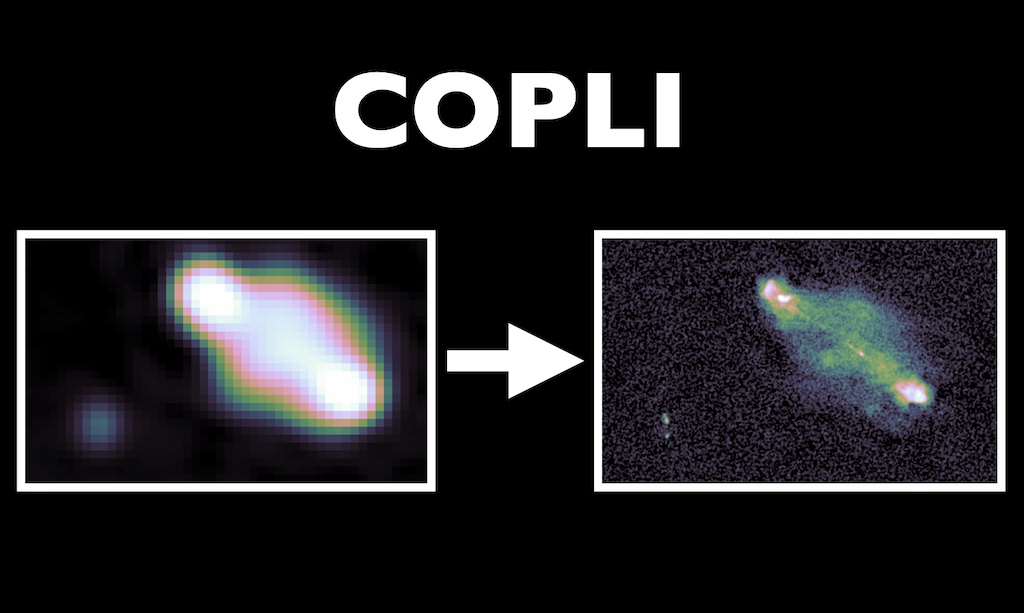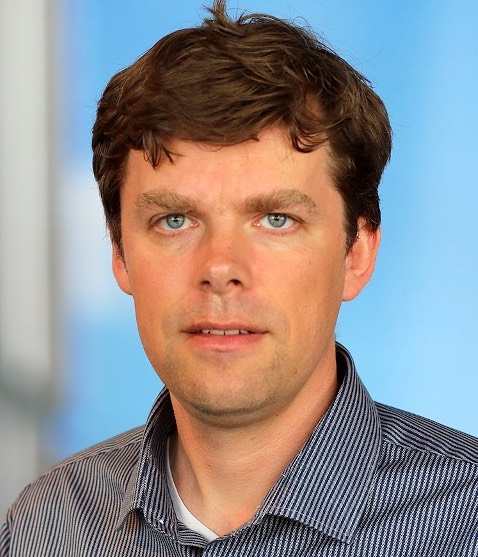Science cluster

Summary
COPLI is a project focused on Creating a FAIR Open Science Pipeline for high-resolution imaging using the LOFAR radio telescope. By processing extensive datasets, COPLI aims to produce high-quality radio images that enhance our understanding of galaxy formation and evolution. The initiative emphasises Open Science principles, ensuring that valuable astronomical data is accessible for research and collaboration within the scientific community.

Challenge
Open Science project, Main RI concerned, Cross-domain/Cross-RI
Understanding how galaxies formed after the Big Bang and evolved over time is a fundamental question in astronomy. This type of investigation requires deep radio images with sub-arcsecond resolution, which the pan-European LOFAR radio telescope can provide. However, the lack of automated pipelines for processing the vast data volume has hindered the utilisation of all available LOFAR stations, resulting in images with significantly lower resolution and sensitivity.
Solution
COPLI will develop an interoperable and sustainable processing pipeline for widefield high-resolution LOFAR imaging. The aim is to create a pipeline capable of running in a (largely) automated fashion on large-scale computing infrastructures while ensuring that the pipeline and science products adhere to FAIR principles. This includes improving data lineage by enhancing the data processing framework, software, and derived science products with provenance information, resulting in higher traceability and reproducibility. All science-ready data products will be ingested into a FAIR and trusted repository that is federated with EOSC to make them visible and accessible to the global astronomical community.
Scientific Impact
The COPLI project will deliver an ultra-deep radio view of our Universe, with images and catalogue products accompanied by comprehensive processing history and metadata, made available to the global astronomical community, other research domains, and citizen scientists. The availability of the images to the entire community will facilitate numerous other radio and multi-wavelength astronomical studies, such as the evolution of black hole accretion and time-variable radio emission from stars and exoplanets. COPLI will serve as an inspiring example of how Open Science can contribute to advancing research and knowledge in the field of astronomy. In this respect, the project's state-of-the-art pipeline will be crucially important for the LOFAR ERIC LOFAR2.0 project and the LOFAR community. A primary objective of LOFAR2.0 is to map the entire northern sky at sub-arcsecond resolution and the project pipeline framework directly contributes to the LOFAR2.0 project goals.
Results
- Reproducible calibration: the project team added a method to enhance reproducibility of calibration with their open source software package facetselfcal. This is essential since calibration of radio interferometric data is complex and requires optimising many parameters. Facetselfcal is an important component of COPLI.
Publications
Events
- 6-8 May, 2025 | Leiden, the Netherlands - Hackathon organised by the COPLI project to work with experts on improving the automation of our data reduction pipeline
- 13 May, 2025 | Goteborg, Sweden - Colloquium at Chalmers University
Principal investigator

Reinout van Weeren is an Associate Professor at Leiden Observatory, Leiden University, in the Netherlands. His research focuses on the formation and evolution of galaxy clusters using radio telescopes, as well as developing advanced low-frequency calibration and imaging techniques.

